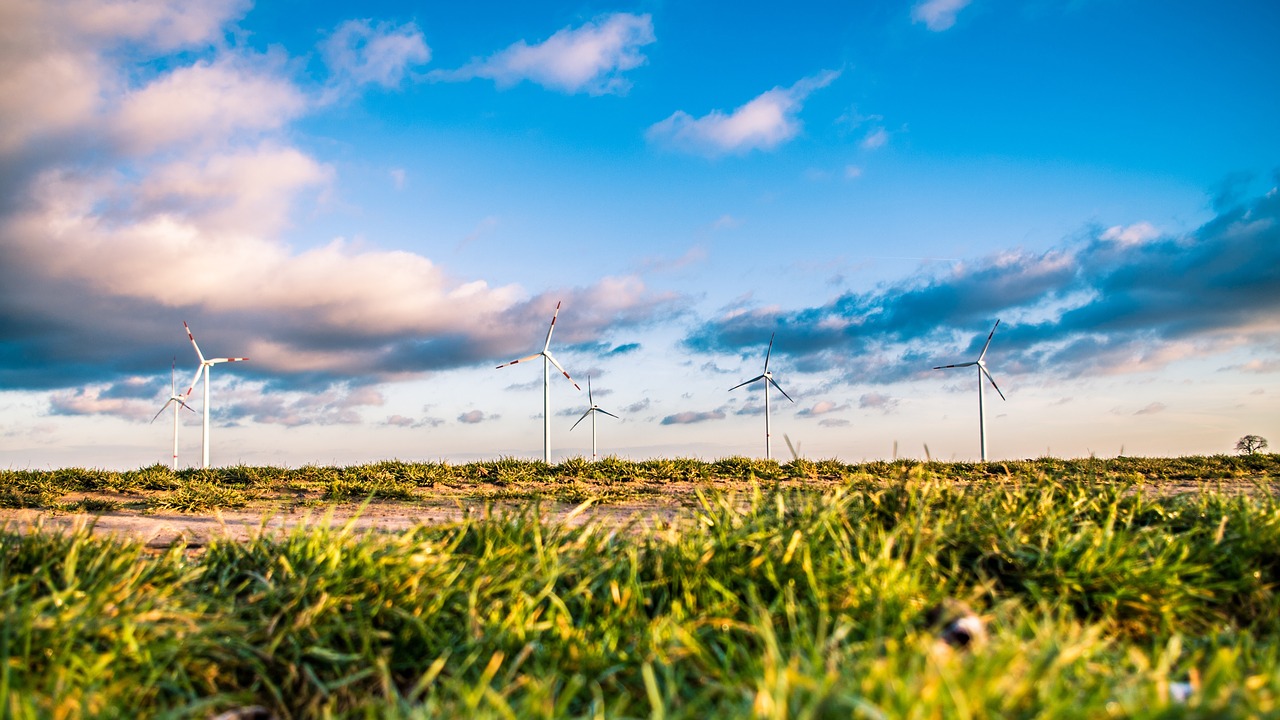Earth Is Learning and Teaching.
The evolutionary process is based upon trial and error, balance and chaos, creation and destruction, life-death-rebirth. Earth is inherently learning as it evolves, improving itself through greater complexity and diversity, keeping what works and discarding what does not. Mindfully re-engaging in the Earth Learning process means that humans can learn to do the same as part of our daily lives. By paying close attention, humans may recognize that Earth is constantly teaching; its living systems offer humanity a time-tested model for ecological sustainability.
Earth Is Slow, Culture Is Fast
Humans are the only species to develop the capability to change and dominate its environment on such a large-scale, rather than adapt to it. Adaptation is the key to the evolutionary process. Slow change is good for life. This is what Earth has been doing since its inception. Rapid change does not give humanity, any other species, or even the living Earth, time to adapt. It is time to slow down and rejoin the life community in the evolutionary process, and begin to adapt human lifestyles, so that they align with the planet’s natural rhythms and the life support systems that sustain the biosphere. This does not mean that quality of life must be sacrificed. Indeed, quality of life may improve considerably if the frenetic pace of modern life slowed down and allowed more time to reflect on what is truly important and to relate to the less tangible enjoyments of life.
Earth Is Primary, Humans Are Derivative
All beings, including humans, are ultimately dependent on Earth and its life support systems. No amount of technology can replace these living systems. Humans are products of Earth and yet they race to undermine the integrity of the living systems that sustain all life. At the core of the vast number of unsustainable patterns is the assumption that humans are the chosen species and should inherit Earth’s bounty at the expense of all others. Humans can adopt an Earth-centered mindset that generates empathy for and is inclusive of the other-than-human. This includes recognizing the inherent rights of all sentient beings to share in Earth community and their intrinsic value as members of that community. By adopting an Earth-centered mindset, humanity can begin to strengthen its connection, both spiritual and physical, to life. Human understanding of their place in nature is an essential thought for the transition to a more sustainable future.

